The topic of what makes a great racing series has always been a subject rich in debate, far into the sport's past and no doubt into its future.
Some will cite talented drivers, cutting edge tech, parity, and professional teams — while others will gravitate towards variety in machinery, 'mom and pop'–style teams, and freedom from pesky rule books.
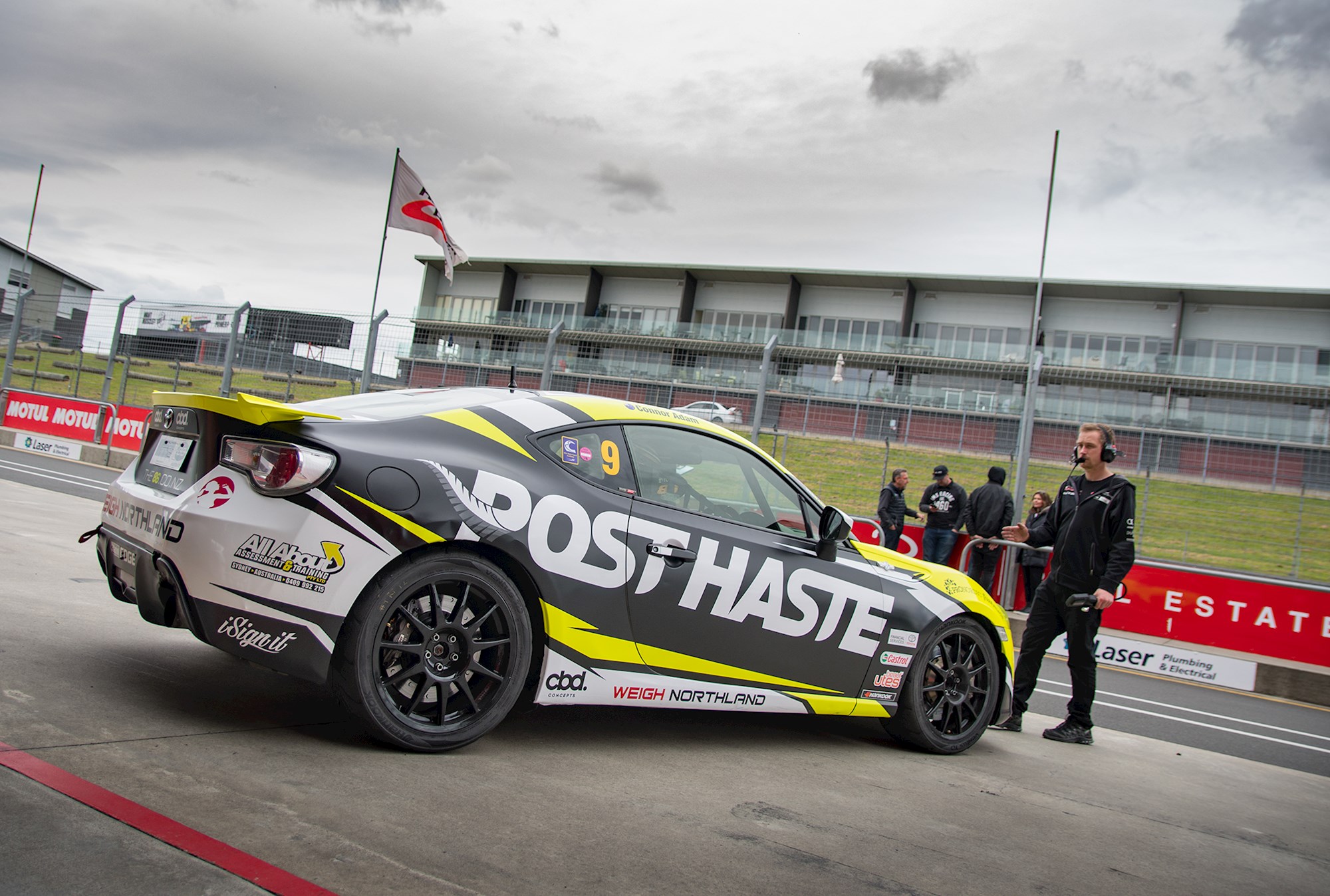
While such debates generally focus on 'tier one' racing, they stray from the feeder classes that are meant to help create the stars of the future. One of New Zealand's more interesting ones is the Toyota 86 Championship.
Today they opened their doors for the first open test day of their pre-season build-up, showcasing a raft of new-look cars and young new faces.
It's a single-make series, designed to elevate driver skill and racecraft over big budgets. the cars are based on Toyota's bubbly two-door 86 sports car.
They're a relatively simple race car. Under the bonnet is the same familiar thrumming 2.0-litre 'boxer' engine as in the road car; conjuring an untouched 147kW at a shouty 7000rpm and 205Nm at 6400rpm.
Indeed much of the 86's mechanicals are unchanged next to the standard road car. It also comes with the standard Torsen-style limited slip diff and six-speed manual, as well as an unchanged ECU.
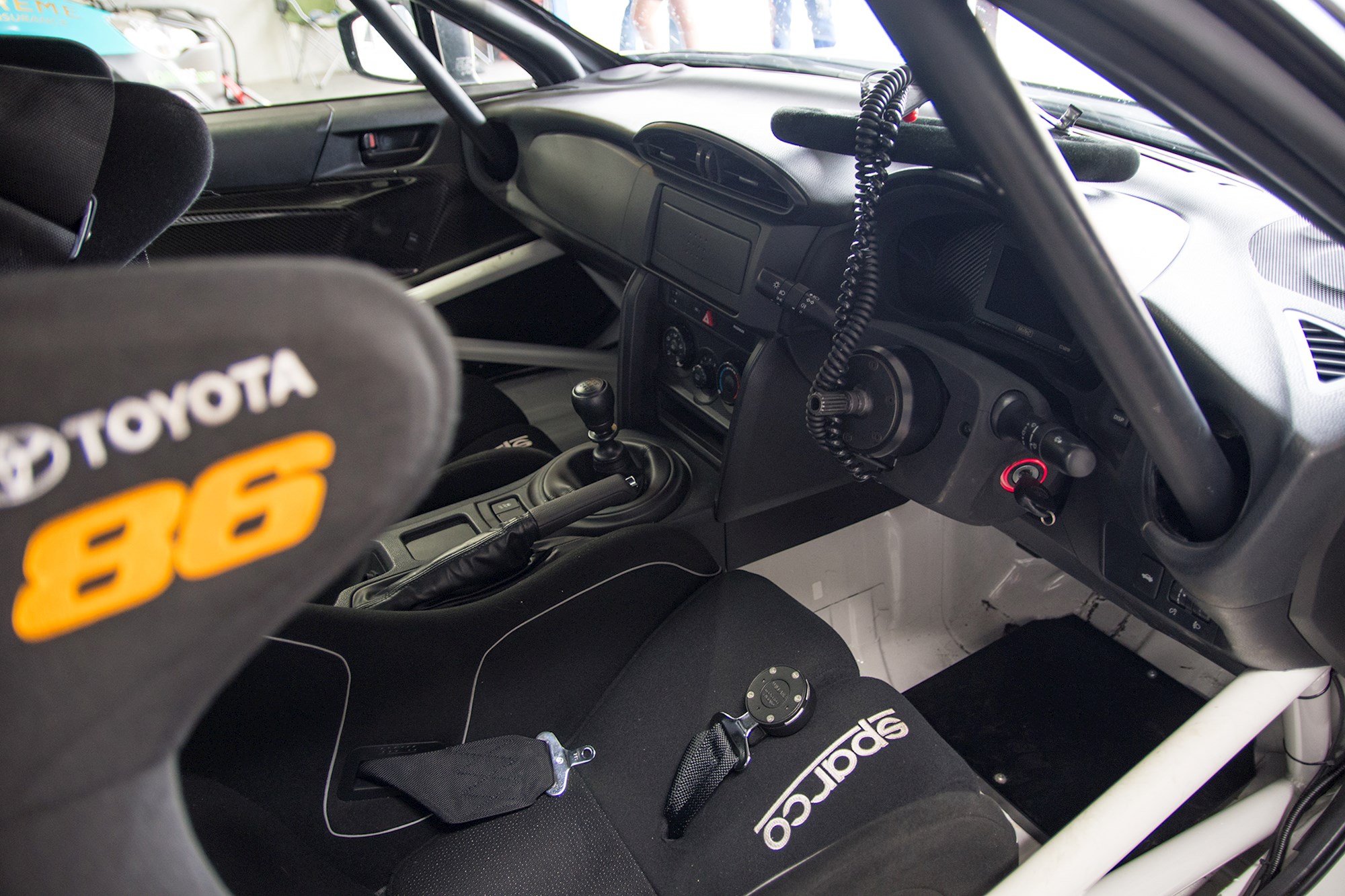
What changes then? Well, each car is stripped of its creature comforts to save on weight. Door cards are replaced with carbon fibre panels, buckets are replaced with Sparco race seats, and all of it is enveloped by a six-point roll cage.
Adjustment comes via a set of adjustable MCA shocks, while an Alcon race brake package and a grooved Hankook tyre help it stop and turn. Plenty in the paddock have long considered them an 'over braked, over tyred' race car, but the access of grip just means that those behind the wheel can push their limits harder without being limited by their gear.
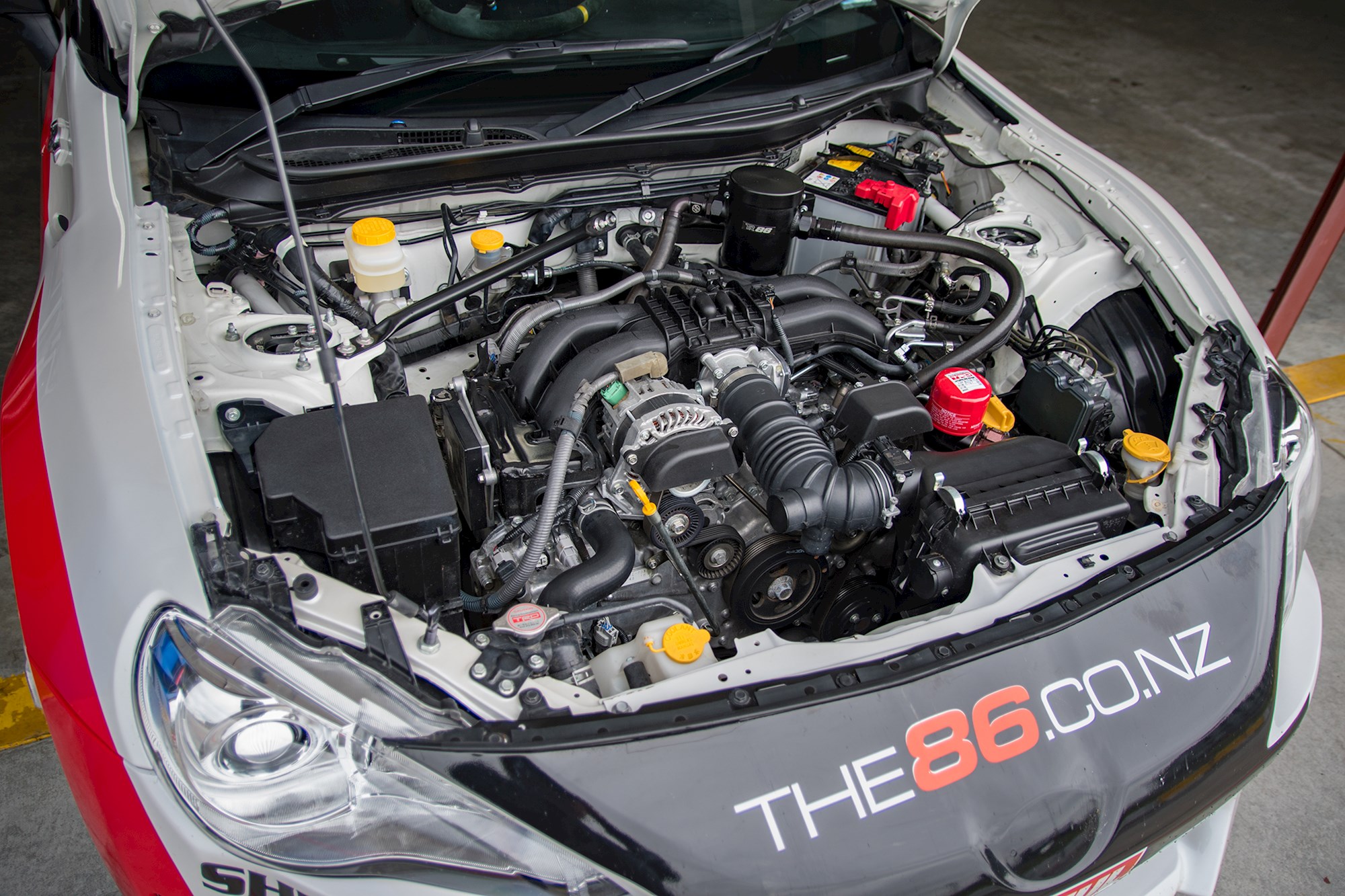
This isn't a new championship, of course. The 86 Series started four seasons ago, to little fanfare. While the racing was always interesting, grid sizes would rarely exceed eight cars — and for a while it looked like that was as good as things would get.
Fast forward to this test day, and things appear to be moving at a much more positive pace. There are notable names, faces, and teams spread up and down pit lane including national and international title-winning teams like International Motorsport to open-wheel experts M2 Competition. And in very short time, grid count has expanded from single digits to knocking on the door of 20 cars.
Why?
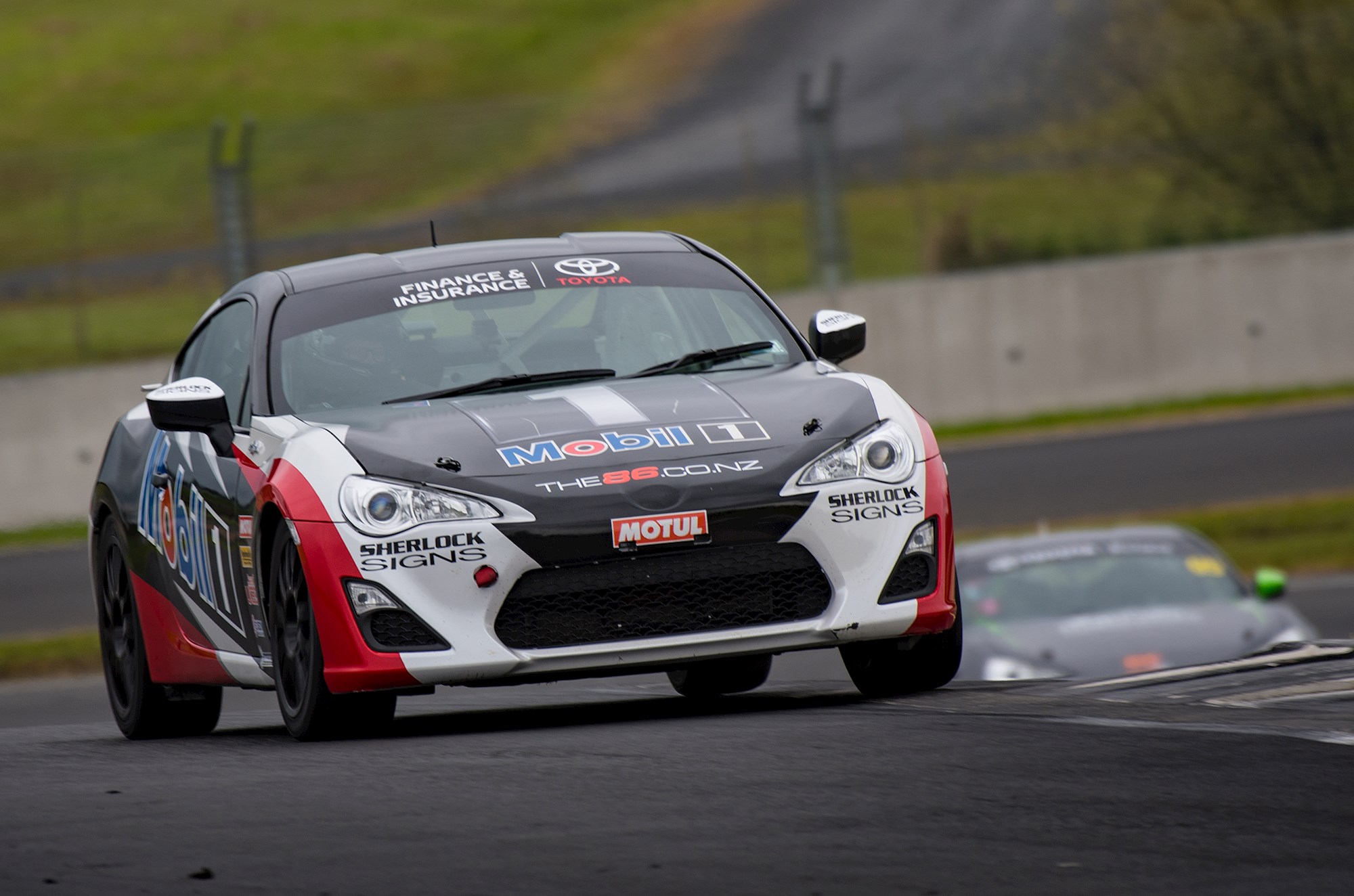
"It's been a lot of hard work," says Geoff Short.
"Getting across and talking to a lot of people from a lot of areas, whether it be karting or other categories out there racing. The momentum happening at the moment where a lot of people are seeing that this is where a the top young drivers are, and I guess that's helped a lot of drivers come through."
Part of the theory of the Toyota 86 Series is that it fills a void in New Zealand's domestic championship structure. Literal kids that dive into the sport hoping to make a living as race drivers join the likes of Formula First (Shane van Gisbergen, Richie Stanaway, and more came from there), the BMW E30 series, or karting. From those beginnings lay a raft of different categories, many of which had no direct line to overseas opportunities.
"Go karting is our biggest connection," added Short. "I know that somebody stood up at the national karting conference and said; 'Why do we let Geoff Short bring an 86 to the kart track to pinch our go-kart drivers?' But, I was defended by one of the presidents of one of the clubs saying 'hey, look at what they're putting back into the sport as well.'"
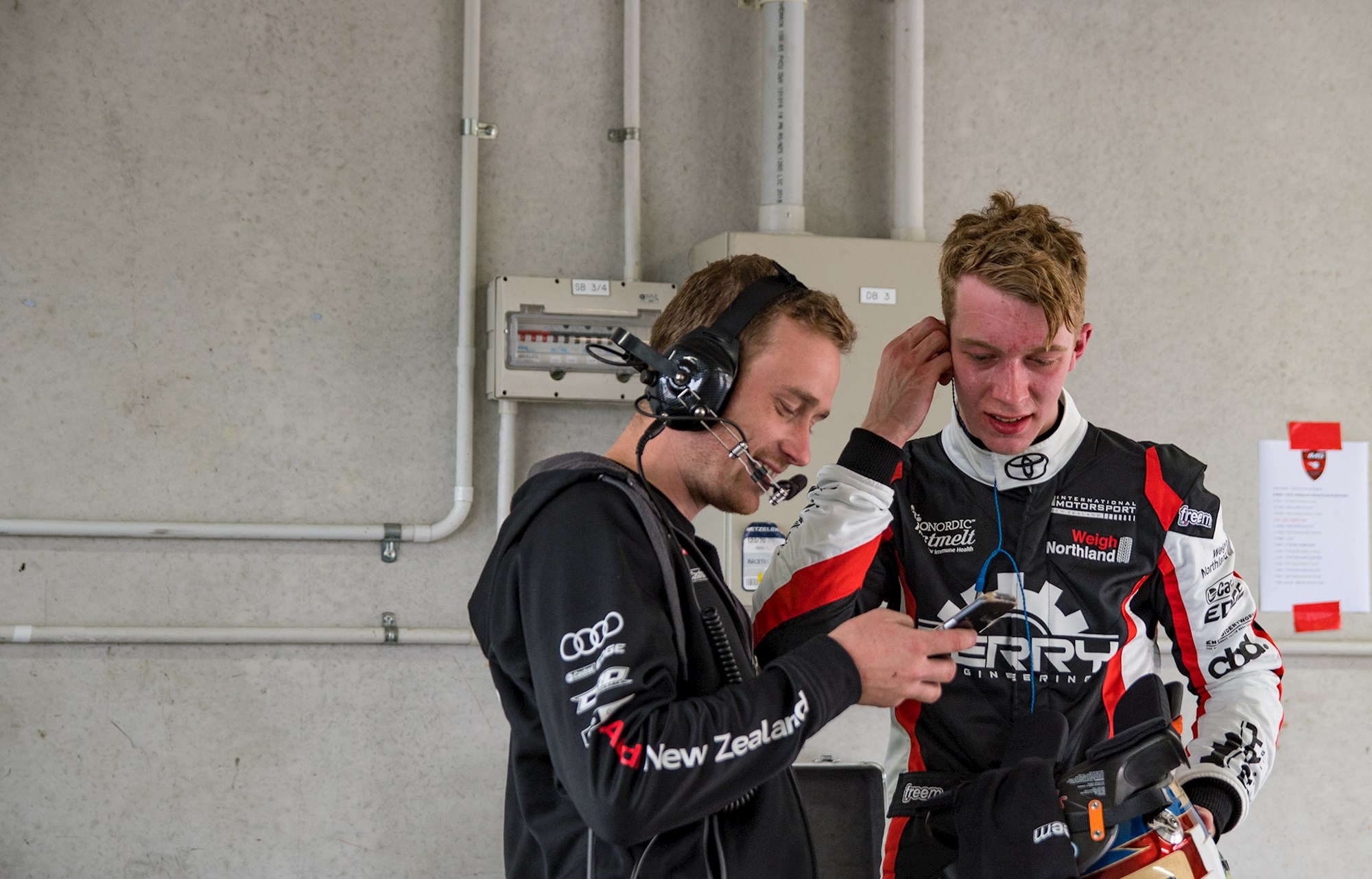
The 'overseas opportunities' side of the equation comes in the form of the sister Australian Toyota 86 Championship. Both categories talk to each other on a regular basis, and in previous seasons rookie of the year drivers and championship winning drivers have been gifted with a drive in the Aussie series at their marquee Bathurst 1000 event.
That goes alongside one of the other big scholarship programs; the CareVets Racing Scholarship. Together with CareVets, Toyota host the event annually at Hampton Downs Motorsport Park. Young drivers pay a nominal fee to enter before getting put through their paces for the day. The drivers that perform the best gain a slot in the CareVets 86 race team.
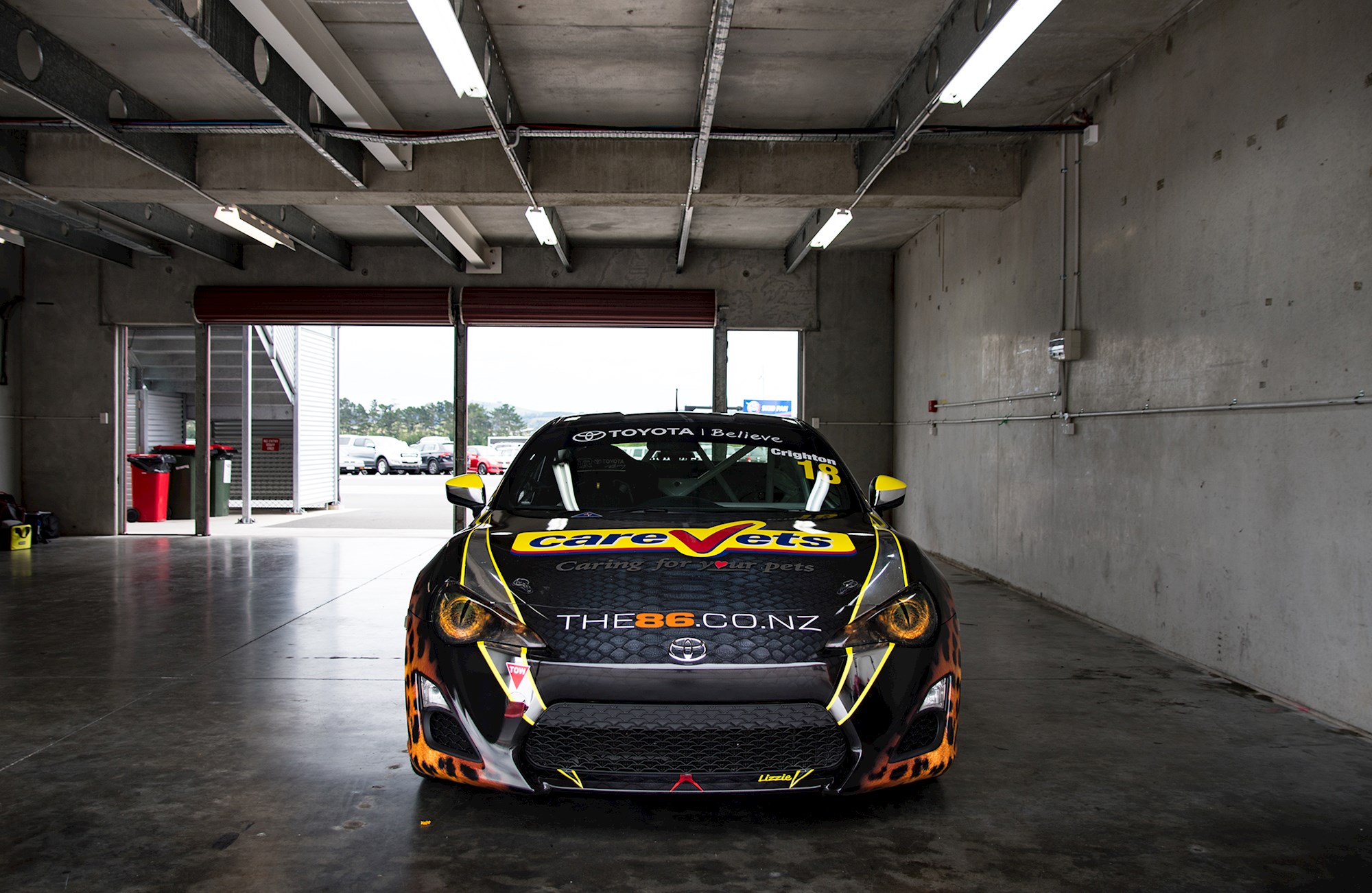
Christchurch-based racer Jack Milligan is among those to have won across both incentives. Winning the CareVets prize saw him contest the 2016–’17 series, and a rookie-of-the-year crown saw him subsequently cross the ditch to race in the Australian championship at Bathurst where he banged out a memorable race victory.
"It is the best series in New Zealand, currently," Milligan said of the New Zealand 86 Series.
"You can't beat the professionalism in how it's run. If you want to be a young Kiwi coming through the ranks, then this is the series to be in."
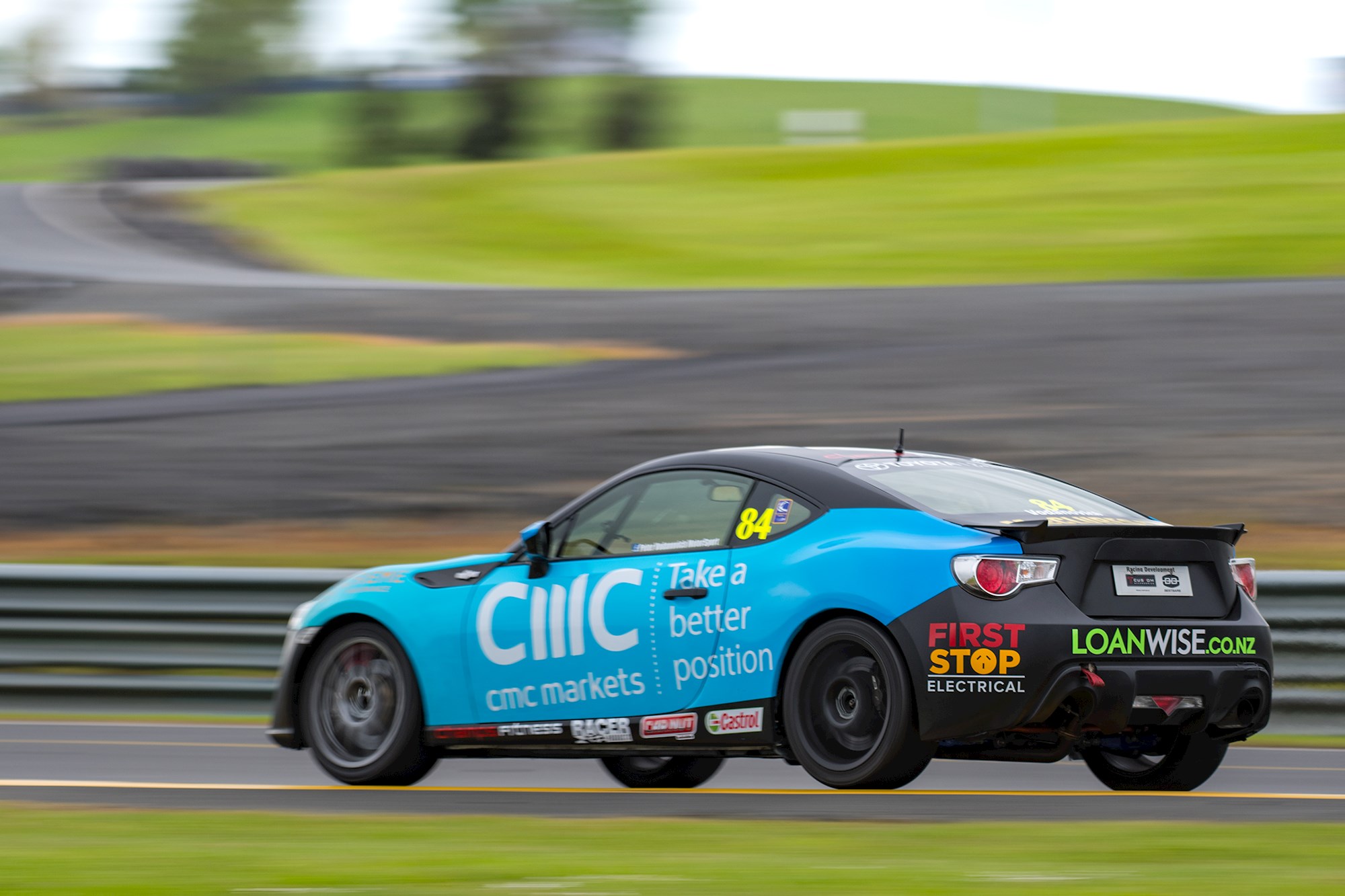
Milligan now faces the decision of whether to return to the series to fight for the prize of a full season in Australia, or whether to press on with his push to race in more GT classes — having finished off a season in the North Island Endurance Series with MIKE Racing and in the South Island Endurance Series with the MacFarlane Porsche squad.
Should he come back, he will have a bit of a challenge on his hands. This year's driver list is packed with promising, fast youngsters. Callum Hedge comes from the SsangYong Race Series and karting, Campbell Stewart crosses from speedway to make his tarmac debut, Brock Gilchrist and Peter Vodanovich return to build on impressive debut seasons, and 13-year-old Connor Davison will raise the bar as the category's youngest ever driver.
And that barely scratches the surface, as the series prepares for round one of the 2018–’19 series at Pukekohe on November 3–4 as part of the support card for the Virgin Australia Supercars Championship.
Perhaps an opportunity for Supercars teams to get a peek at some of their future stars.





















